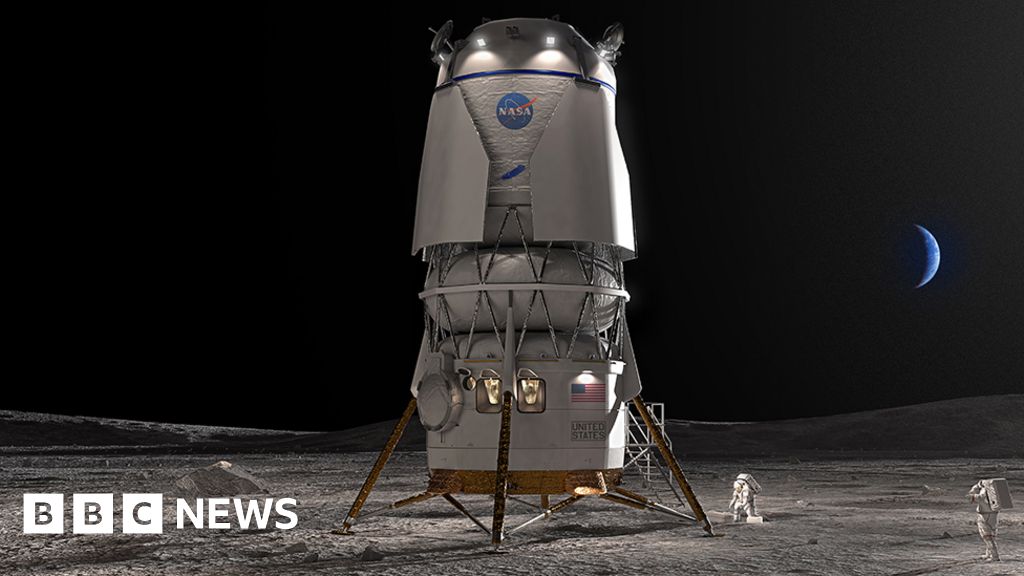Soldato
- Joined
- 13 May 2003
- Posts
- 9,113

Amazon's Jeff Bezos to help Nasa return to Moon
The US space agency turns to a second billionaire to help put astronauts back on the lunar surface.
www.bbc.com
I haven't had chance to watch any reviews of the NASA HLS contract decision, but my first impressions were I'm a bit sad that underperforming Blue Origin was rewarded wth the second HLS contract. I was rooting for Dynetics. I've watched Angry Astronauts factory tour with them and thought it looked likea good concept.









 . At least the 4/20 blaze it was a more believable take.
. At least the 4/20 blaze it was a more believable take.